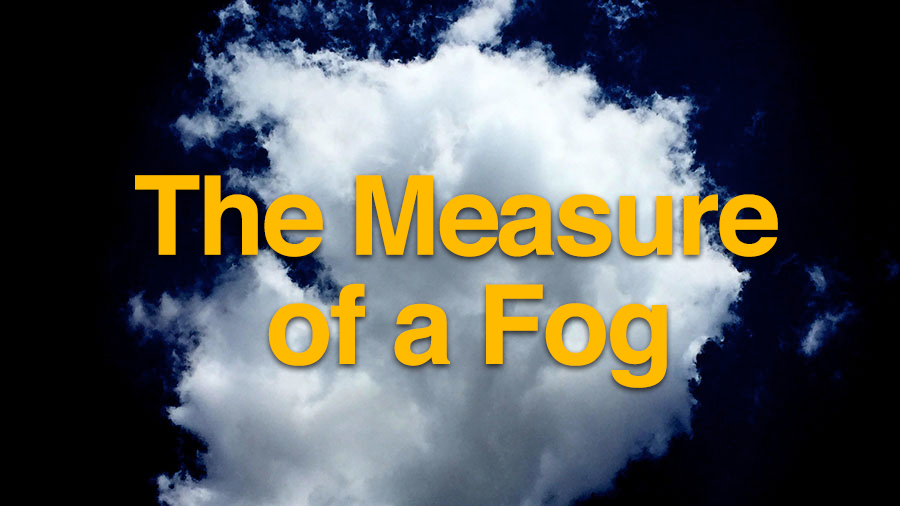The Measure of a Fog: Energy
Grasping the scale of humankind’s energy use tests the mettle of metaphor. But the words “economy” and “ecology” share a common root — a Greek word more or less meaning “household” — and a house is not a bad place to start when thinking about the role of energy on our planet.

In this multi-part series, filmmaker Ian Cheney examines the scale of climate change, in all its many dimensions. Click the play button in the video above to view the short documentary.
To avoid what many scientists suspect will be increasingly dire outcomes if emissions go unchecked, we will need to rebuild our house from top to bottom, and change how we live in it. That means ripping out and replacing the wiring, getting rid of that old furnace, and otherwise rebuilding every bit of equipment, technology, and architecture that manages energy generation, delivery, and use in our old, creaky house. In developed countries like the United States, this means a gut job. It means tearing out the floors and walls and windows and renovating from scratch — all while we’re still living in the house. And while greenhouse gas missions keep growing and the planet keeps warming, we’re still trying to figure out the basic blueprints for our renovation project.
This is where the scale of the climate challenge hits home. Fossil fuel energy built the modern world, and it sustains it. No metaphors are needed here: To a degree that can often seem unfathomable, coal, oil, and gas keep us warm, mobile and illuminated.
Perhaps if we could see the energy coursing through our homes and cities, if we could label it somehow, as we plan for a pre-rennovation tag sale, we could begin to grasp the scale of our dilemma. We’d soon see that we need to label everything in our home, from our corn flakes to our laptops and the shirts on our backs — all of which was brought into being because of fossil fuel energy. Extend that to the roads, office buildings, ships and farms and factories stretching to the horizon, and suddenly we’ve tagged almost everything we touch. How do you rebuild this world while still living in it? And more pointedly, how do we discourage newly developing countries — the new homebuilders on the block — from building their dream houses out of fossil fuels, particularly when alternative blueprints are still too few and expensive?
“Just in the U.S., we’re talking about tens of trillions of dollars of infrastructure,” says Daniel Schrag, the director of the Laboratory for Geochemical Oceanography at Harvard University.
However and whenever we do it, it will involve no longer taking for granted something many Americans currently do: The lights coming on.


Comments are automatically closed one year after article publication. Archived comments are below.
“this is going to take decades…” And yet, the entire American economy was transitioned in 18 months during WWII, with leadership who called the people to voluntarily meet the challenge of fighting fascism, change their lifestyles, accept rationing, accept a 90 percent tax rate for the richest, plant victory gardens — this is what is meant by a climate mobilization “at WWII speed and scale” theclimatemobilization.org. and since governments have been blocked from climate solutions by the interests of the one percenters — international rebellion is resulting — beginning April 15th – join the Extinction Rebellion — we will not go gentle into that good night — https://xrebellion.org/
Utilicemos la energía solar,construyamos baños secos,reciclemos el agua, referente a detergente en Perú hay una planta que utilizaban la cultura inca para lavar suS prendas. Gracias porque todos debemos aportar por un mundo mejor para todos